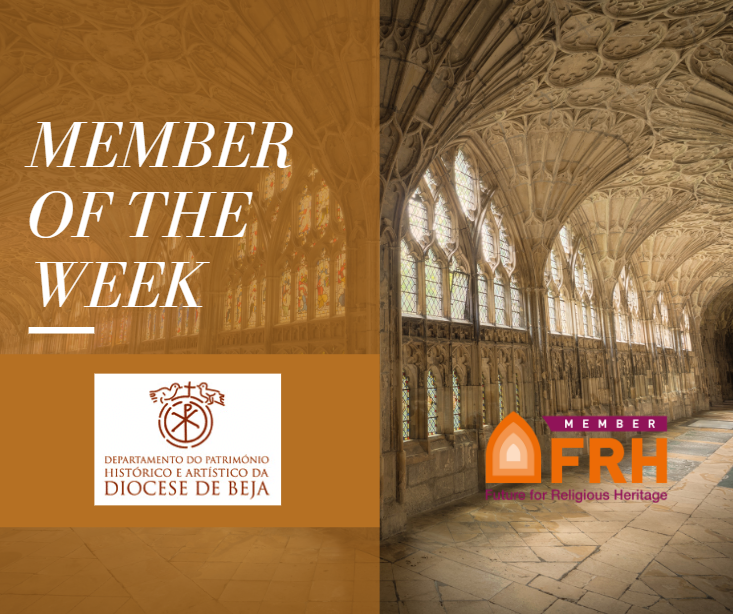
The Historical and Artistic Heritage Department of the Diocese of Beja (Departamento do Património Histórico e Artístico da Diocese de Beja) brings together volunteers with different backgrounds on various areas of the cultural heritage. It is responsible for the safeguard and care of the historical churches of the southern Alentejo, in Southern Portugal, operating in a 12 300 square kilometre area – the least populated area in Portugal, but rich in religious monuments from the paleochristian period to the present.
DPHA began its work in 1984, facing a complex situation: theft of sacred artwork and illegal transactions with antiquarians were taking place; over a hundred churches, especially rural shrines, had been abandoned; unqualified local restorers had been depreciating retables, sculptures, canvas and mural paintings, organs, etc., with acrylic glues and paints, striking colours, plastic additions, and an overall lack of professionalism.
Under the direction of Professor José António Falcão, DPHA launched a modern inventory of the cultural heritage of this area, which includes a computerised database. It also created a counselling service covering from preventive conservation to technical and legal matters, as support to parishes.
25 years later, the population of Southern Portugal and visitors to the region benefit from a much more favourable environment for the safeguard and display of their religious heritage. DPHA is now well-known, respected, and co-operates with similar institutions in countries abroad, such as Spain, Italy, Belgium, France, Germany, Poland, and Brazil.
 Cooperation with local authorities has provided training courses to priests and volunteers; protection committees were created for main monuments, and a network of museums was established. In this time, the organisation contributed to the restoration and preservation of more than 50 historic churches and 1000 artworks.
Cooperation with local authorities has provided training courses to priests and volunteers; protection committees were created for main monuments, and a network of museums was established. In this time, the organisation contributed to the restoration and preservation of more than 50 historic churches and 1000 artworks.
Click here for more information





Follow us: